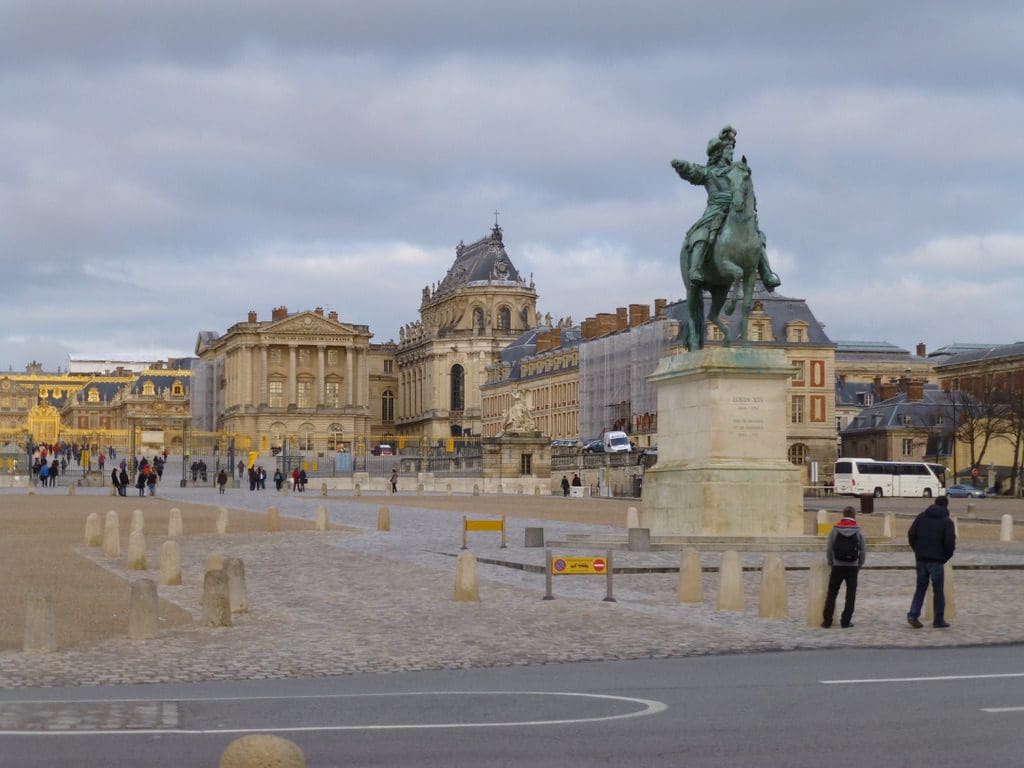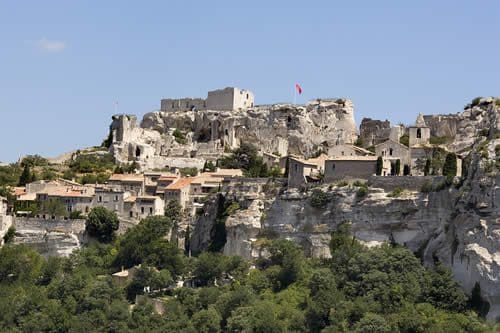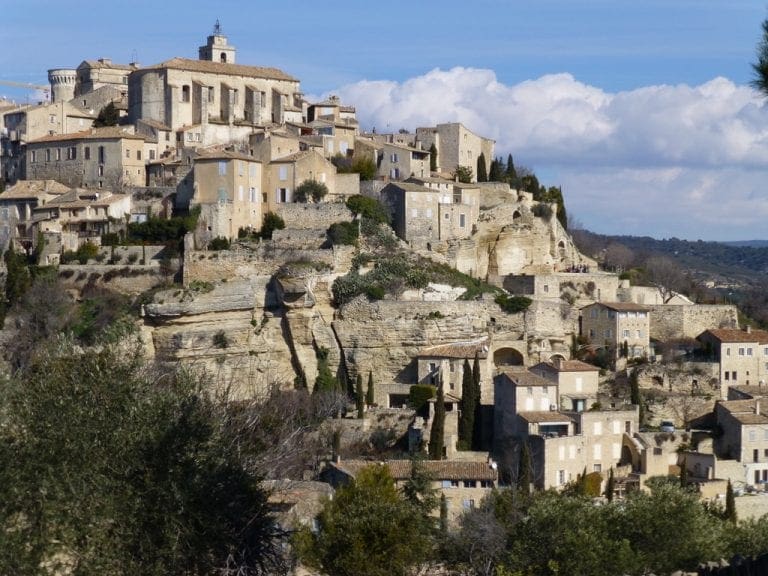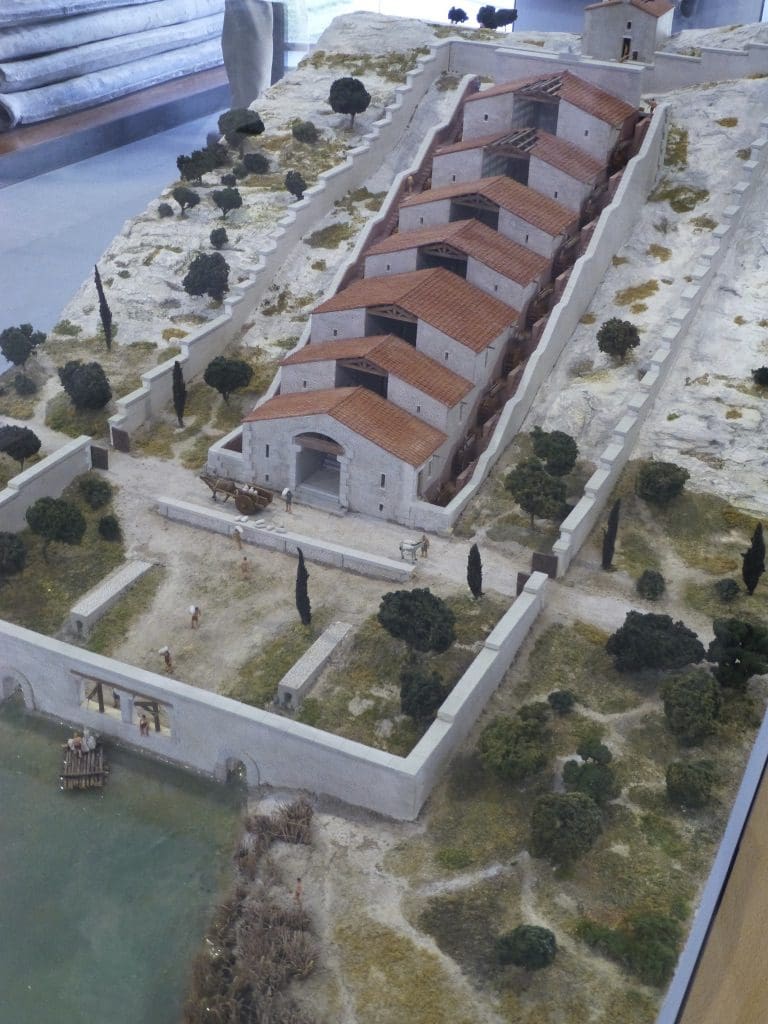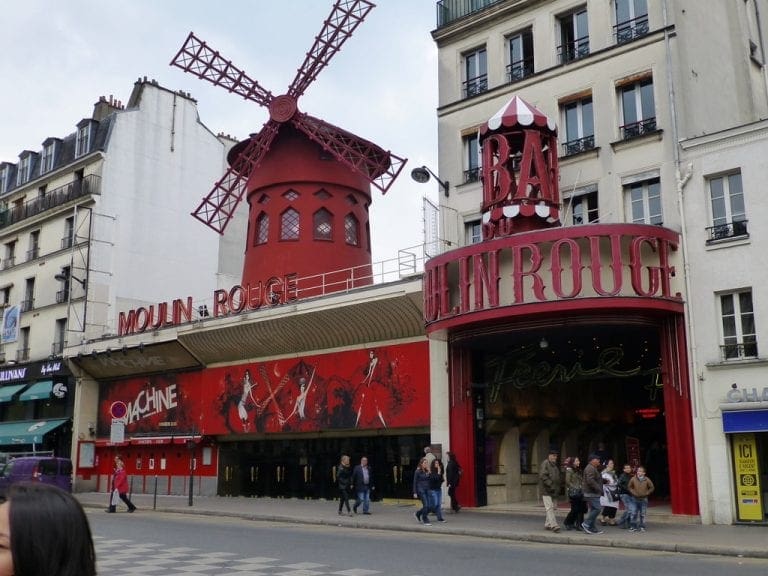I am the Palace of Versailles
I began life as a small hunting lodge and became one of the most stunningly beautiful and visited palaces in the world. The young Dauphin (soon to be Louis XIV) spent his happiest boyhood years here. Once king, Louis XIV (the Sun King) expanded the lodge by attaching wings to create the present U-shape. Later, the long north south wings were built to make me into one of the largest and magnificent palaces in the world. The total cost of the project has been estimated at half of France’s entire GNP for one year. Much of the money came from confiscation of finance minister Fouquet’s estate in 1661. Versailles was the residence of the king and the seat of power of France’s government for over 130 years. Louis XIV (r 1643 – 1715) moved out of the Louvre in Paris, the previous royal residence and moved to Versailles. The reasons for the move were partly personal – Louis XIV loved the outdoors – and partly political.
Louis was creating the first modern, centralised state. At Versailles, he consolidated Paris’ scattered ministries so he could personally control policy. He invited France’s nobles to Versailles so that he could control them.
This was a busy place; about 5,000 nobles visiting at any time with their entourage and a permanent staff of about 10,000.
By 1700, Versailles was the cultural heartbeat of Europe and French culture at its height. Throughout Europe, when you said ‘the king’, you were referring to Louis XIV. Every king wanted a palace like Versailles.
With 18 million people under one king (England had only 5.5 million), a booming economy and a powerful military, France was far and away Europe’s number-one power.
At the centre of all the was Europe’s greatest king. The Sun King – good looking, athletic, musician, dancer, horseman, statesman, lover.
Louis XIV like ritual and etiquette. Everything in its time and place.
Each morning at 10am the musicians of the Royal Chapel struck up their music, the big golden doors opens and Louis XIV and his family stepped onto the balcony to attend Mass.
The king rose each morning and went to bed each night with a public ceremony
– as did the queen in her own rooms with her own ceremony.
As well as ritual, pleasure also ruled. Suppers, balls, receptions – all had their own rooms.
All the crowds and ritual got too much and the king and queen sort refuge in the nearby lodge Trianon – which they also did up. Then, that got too busy, so they built a smaller one next door. Two cubbies for a get-away – a Grand Trianon and a Petit Trianon. Would there have been a third?
The first king here was Louis XIII with queen Anne (of Austria who was Spanish) then Sun King Loius XIV with his queen Marie-Therese. Louis XIV was a hands-on king who personally ran the ship of state. He ruled for 72 years and established French dominance. He outlived his heirs. Louis XV who followed was his great-grandson. Louis XV carried on the traditions but without the Sun King’s flair. During Louis XV’s reign (1715-1774), France’s power abroad was weakening (with the rise of the English) and there were rumblings of rebellion from within. France’s monarchy was crumbling, and France needed a strong leader to re-establish the ancien regime. They did not get one. Instead they got Louis XVI (r 1774-1792), a shy, meek, bookworm. Louis XVI married a sweet girl from Austria (Marie-Antoinette) who got a very bad press ‘The queen denies saying “Let them eat cake”‘. They retreated to Versailles and the Grand and Petit Trianons while the fire-brands and pamphleteers of the Revolution stirred up trouble in Paris.
On 6 October 1789, the royal family were forced to leave Versailles and move to the Tuileries Palace in Paris, as a result of the Women’s March on Versailles. Versailles was essentially stripped of it furniture by the mob. (The ransacked palaces was refurnished a decade later by Napoleon.) The mob later dragged them from Tuileries on 20 Jun 1792.
On 21 Sep 1792 Louis XVI (citizen Louis Capet) was guillotined and Marie Antoinette (the Widow Capet) on 16 Oct 1793 in Place de la Concorde and their bodies thrown in mass-graves. (To the left is a sketch of Marie Antoinette on the way to the guillotine.) Antonia Fraser wrote an excellent and moving biography of this poor woman. There is also a very good film based on that book.
Versailles then got Napoleon (who chose to live at Grand Trianon) while the chateau became an annex of his war office Hotel des Invalides.
The next major event was the signing of the Peace Treaty on 28 June 1919 to end World War I in the Hall of Mirrors – Treaty of Versailles.
For a more formal look http://en.wikipedia.org/wiki/Versailles
